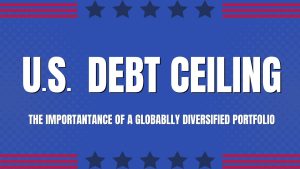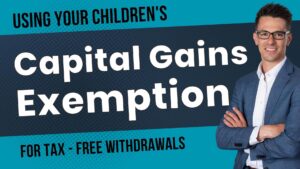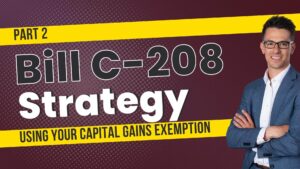Have you ever looked at your monthly portfolio statement and wondered, “Why is it that my US investments have stayed flat while the US market is up this year?” Quite simply, the reason is currency.
US investments vs. Canadian dollar value
When the Canadian dollar increases in value compared to the US dollar, it decreases the value of your US investments. For example, if a Canadian invests $100,000 in US equities while the Canadian dollar is trading at 75 cents, the cost of this investment is $133,333 in Canadian dollars. If a month later the value of the $100,000 in US equities is still $100,000, but the Canadian dollar is now trading at 80 cents, converting the investment back to Canadian dollars would only yield $125,000. Crazy, isn’t it? The investments have remained flat for a month but the investor has lost 6%! This is the world of currency risk.
There are times when the opposite can happen and converting currency can work in your favour. An example of this effect happened in 2015 when the S&P 500 (US Market Index) posted a 1.38% annual rate of return. Because the Canadian dollar fell that year, when converting back to Canadian dollars an investor would have made an annual return of 20.83%.
A two-sided coin
Currency risk is an important factor to consider when constructing a portfolio. It’s important for you as an investor to understand the potential positive or negative effects that converting your investments can have on your portfolio’s performance. If your portfolio is exposed to currency fluctuations, you may be stuck in an odd position when watching currency prices – on one side, excited because your trip to the US won’t be as expensive due to a strong Canadian dollar; but on the other side, disappointed because your portfolio isn’t performing as well. If you’re looking for alternative solutions, ask your advisor for hedged products that eliminate currency risks.
 Colin Sabourin is a Winnipeg based Financial Advisor whose specialty is working with farmers. His focus is on farmers who are planning to sell or transition their farms in the next 5 to 10 years. Colin ensures the process is as smooth and tax-efficient as possible, while also creating plans to enable them to start the next chapter of their lives with confidence and security.
Colin Sabourin is a Winnipeg based Financial Advisor whose specialty is working with farmers. His focus is on farmers who are planning to sell or transition their farms in the next 5 to 10 years. Colin ensures the process is as smooth and tax-efficient as possible, while also creating plans to enable them to start the next chapter of their lives with confidence and security.
Disclaimer: The information contained herein was obtained from sources believed to be reliable. However, we cannot represent that it is accurate or complete. This report is provided as a general source of information and should not be considered personal investment advice or solicitation to buy or sell any securities. The views expressed are those of Colin Sabourin, Certified Financial Planner, and Investment Advisor and not necessarily those of Harbourfront Wealth Management Inc., member of the Canadian Investor Protection Fund.








